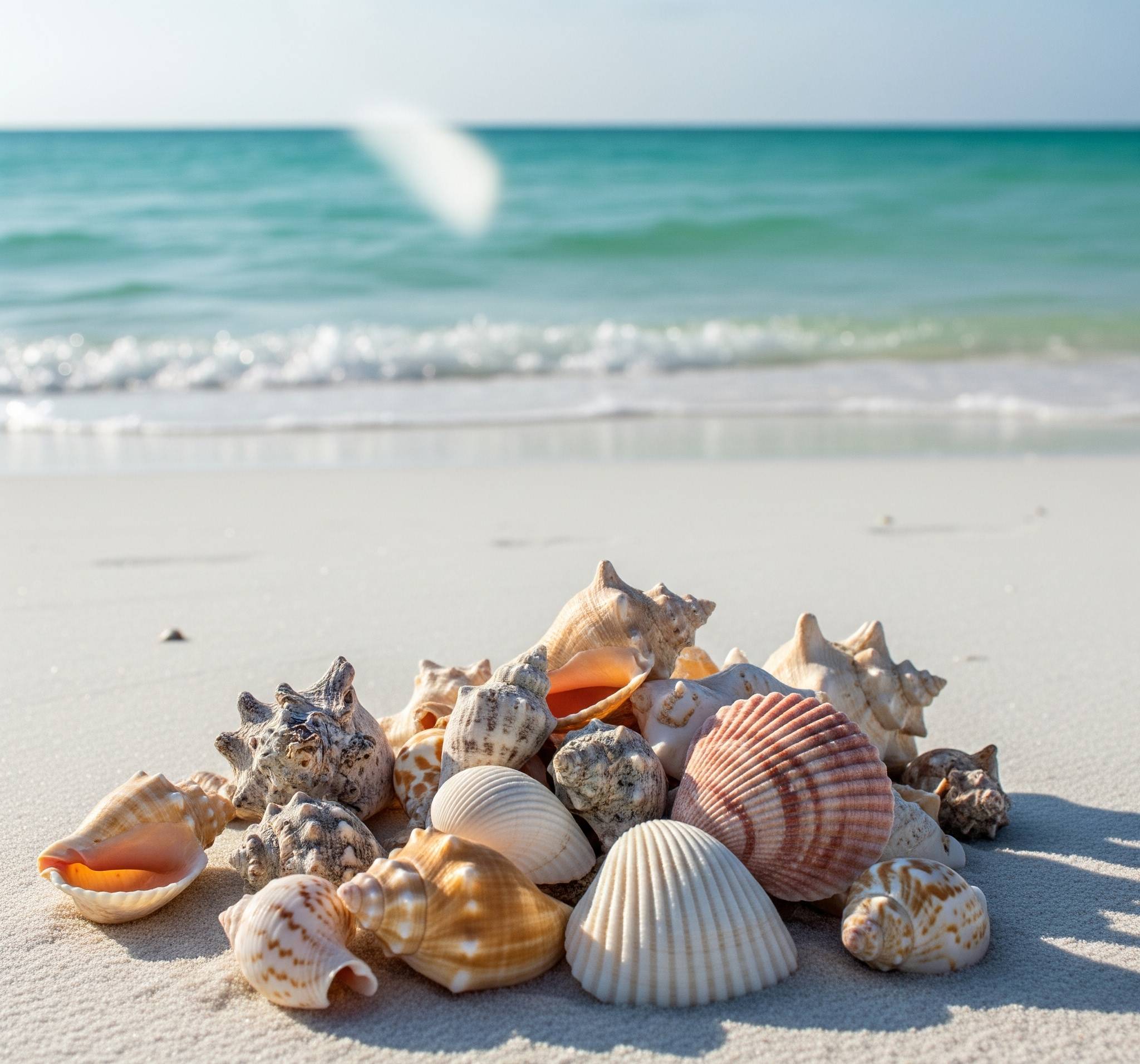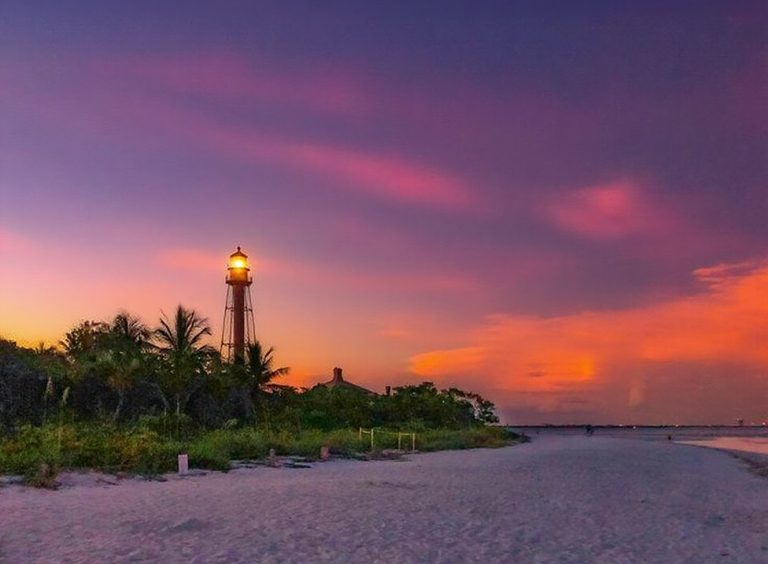Sanibel Island is known for its seashells and sunsets — but there’s a lot more beneath the surface…
Beyond its postcard-perfect beaches, Sanibel Island holds a world of hidden gems that many travelers overlook. From a sanctuary filled with rare birds to the island’s no-stoplight policy that keeps traffic calm, this laid-back paradise blends natural beauty with small-town charm in unforgettable ways.
Whether you’re a nature lover, a curious traveler, or simply in need of quiet, these little-known facts about Sanibel might inspire your next coastal escape.
A Protected Natural Paradise
Sanibel Island is not just beautiful — it’s protected by design. Over 60% of the island’s land is set aside as conservation areas, most notably the J.N. “Ding” Darling National Wildlife Refuge, which spans more than 6,400 acres. This refuge is one of the most visited wildlife preserves in the U.S., home to over 245 species of birds, including herons, egrets, pelicans, and the iconic roseate spoonbill.
Beyond the refuge, Sanibel is filled with mangrove forests, tidal flats, and freshwater wetlands — ecosystems that are carefully preserved and monitored. These habitats support everything from dolphins and manatees to sea turtles and countless migratory birds.
To protect this natural balance, strict building codes are enforced on the island. High-rise buildings and large-scale commercial development are banned. Most structures are no taller than two stories and must blend with the surrounding environment. This ensures that nature—not concrete—remains at the heart of the Sanibel experience.
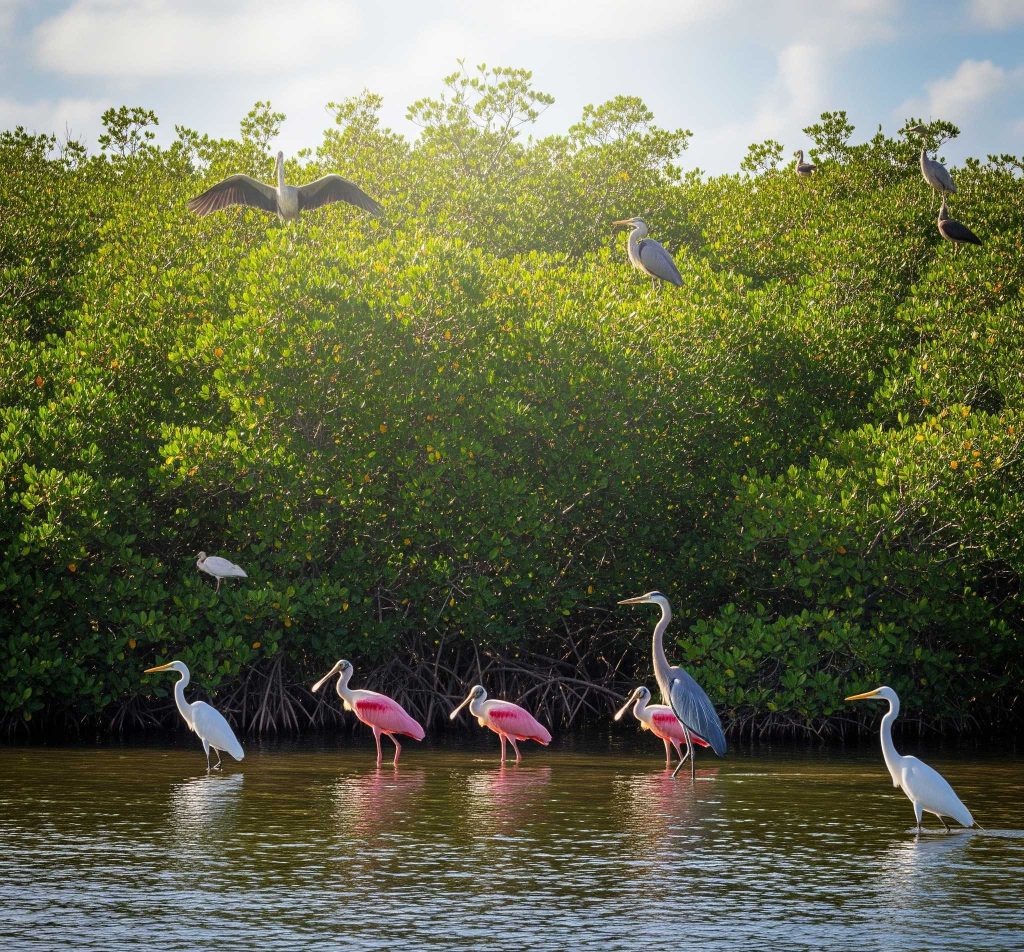
A Town Without Traffic Lights
One of the first things visitors notice about Sanibel Island is what’s missing — traffic lights. That’s right: there isn’t a single stoplight on the entire island. This is no accident. Sanibel has deliberately chosen to avoid modern traffic infrastructure in order to preserve its small-town atmosphere and natural rhythm.
Instead of busy intersections, the island has roundabouts and well-marked crosswalks. Speed limits are low, and the roads are designed to encourage slow, mindful driving. Bicycles are a popular mode of transportation, with over 25 miles of shared-use bike paths winding through neighborhoods, nature reserves, and beaches.
This traffic-light-free environment helps reduce stress, prevents congestion, and allows visitors to soak in the scenery without the rush. It also reflects the island’s broader commitment to sustainability, walkability, and a slower pace of life — the very things that make Sanibel so special.
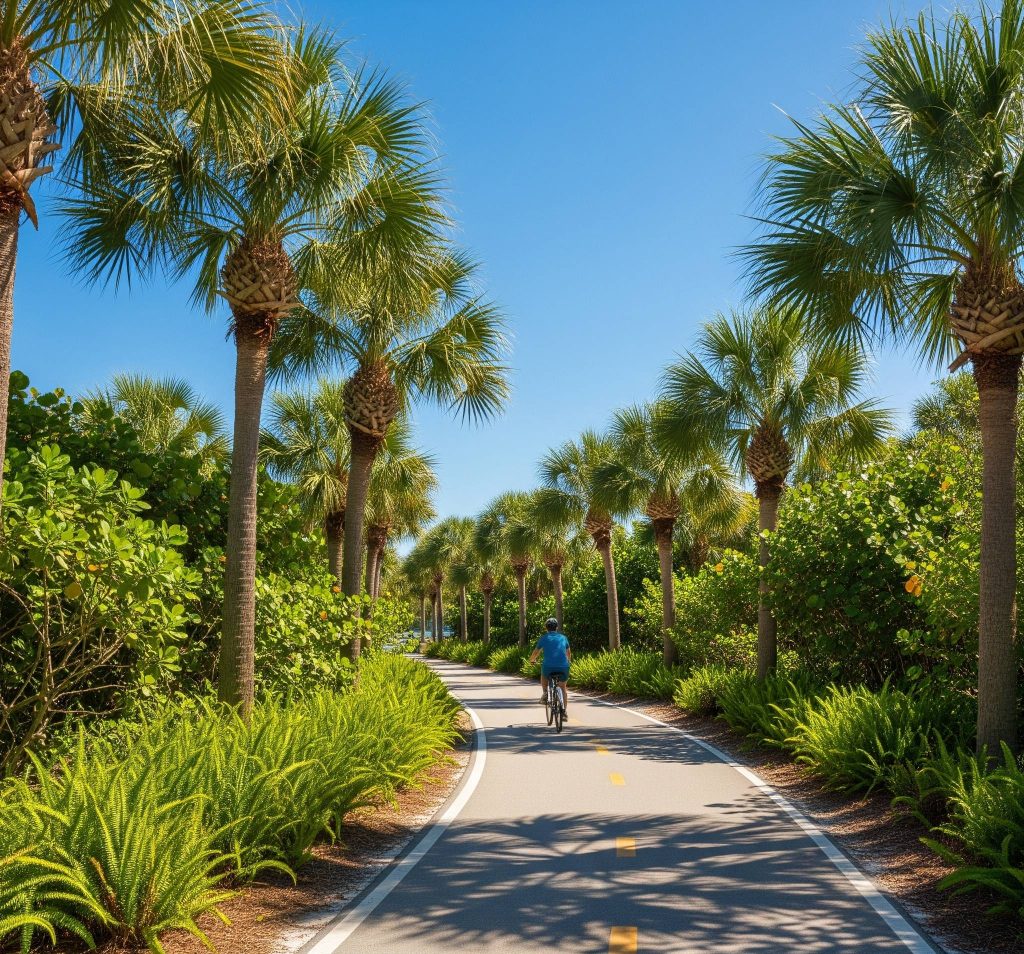
Shelling Capital of the World
Sanibel Island has earned global fame as the “Shelling Capital of the World” — and it’s not just a nickname. Thanks to its unique geography, Sanibel is one of the rare islands in the world that lies east-west, rather than north-south like most barrier islands. This orientation causes the Gulf of Mexico’s tides to wash thousands of seashells directly onto its shores every day.
Unlike many tourist beaches where seashells are sparse or broken, Sanibel’s shoreline is full of intact, diverse, and colorful shells, especially after storms or early in the morning. More than 250 species have been documented here, including the prized Junonia, a rare shell that collectors dream of finding.
Shelling isn’t just a pastime here — it’s part of the island’s culture. Locals even refer to the signature posture of bending over to search for shells as the “Sanibel Stoop”. There’s even a National Seashell Day celebrated annually in June, and the Bailey-Matthews National Shell Museum — the only museum in the U.S. dedicated entirely to mollusks and seashells — is located right on the island.
Whether you’re a serious collector or just someone who enjoys the meditative act of walking the shore, shelling in Sanibel offers a one-of-a-kind connection to nature — and a pocketful of beautiful souvenirs.
Credit: Chrissa Travels
Conclusion: What Makes Sanibel Truly Unforgettable
Sanibel Island may seem like just another beach destination at first glance — but as you’ve seen, it’s so much more. Its commitment to nature, its peaceful way of life, and its quirky, quiet charm make it stand out in a world that often moves too fast.
Whether it’s the thrill of spotting a rare shell, biking down a traffic-free path, or just watching the sunset without a single high-rise in sight — Sanibel has a way of leaving a lasting mark on the heart.
So if you haven’t been yet, maybe now’s the time. And if you’ve already been… you probably get why it’s so hard to forget.
Comment Below !
Have you ever been to Sanibel?
🌴 Which fact surprised you the most — or is there one you’d add to the list?
👇 Share your thoughts, memories, or questions in the comments — we’d love to hear your Sanibel story!
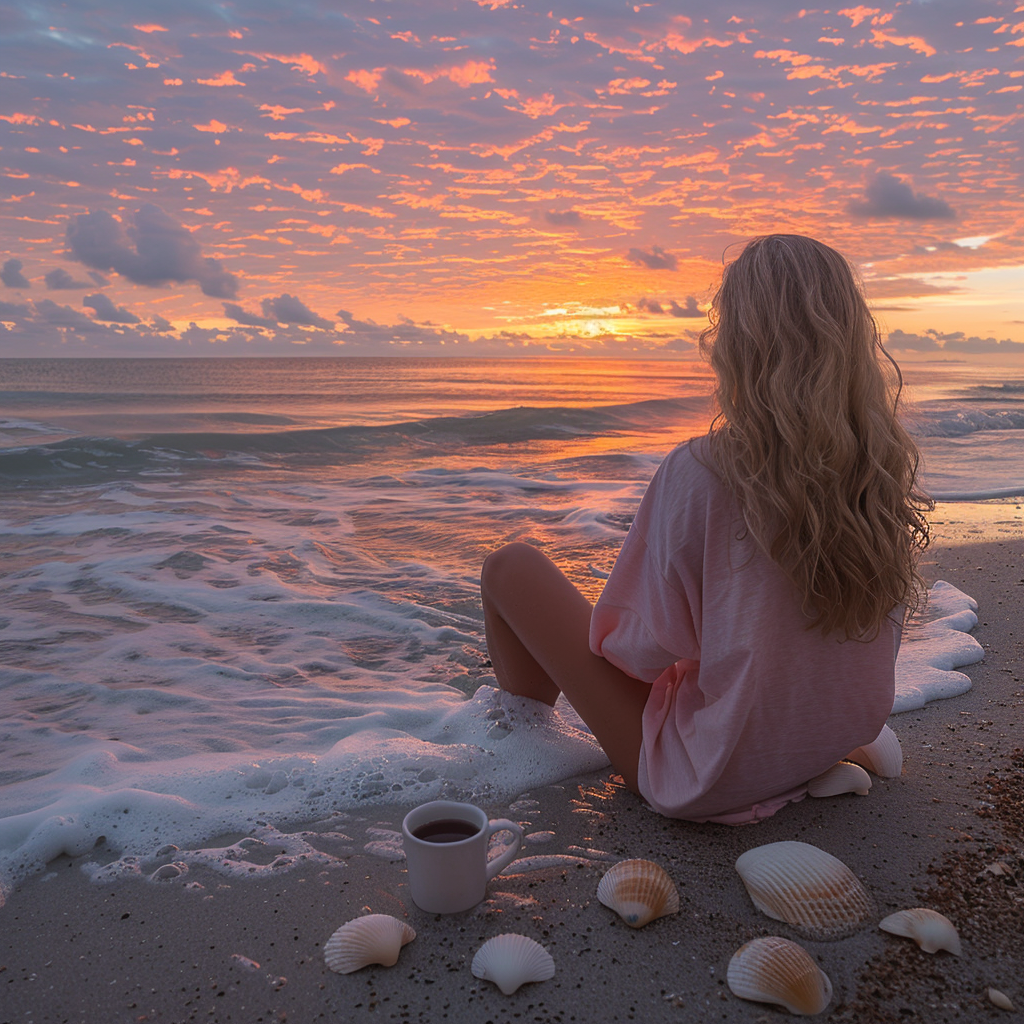
I’m Ayla Wolesky, and I’ve spent years exploring every corner of Sanibel Island. From its pristine beaches to the hidden gems only locals know about, I’m passionate about sharing everything this beautiful island has to offer. Whether it’s the best spots for shelling, the wildlife that makes Sanibel so special, or where to enjoy a perfect sunset, I’ve got you covered. My goal is to provide insider tips and up-to-date information that will help you experience Sanibel Island like never before.


